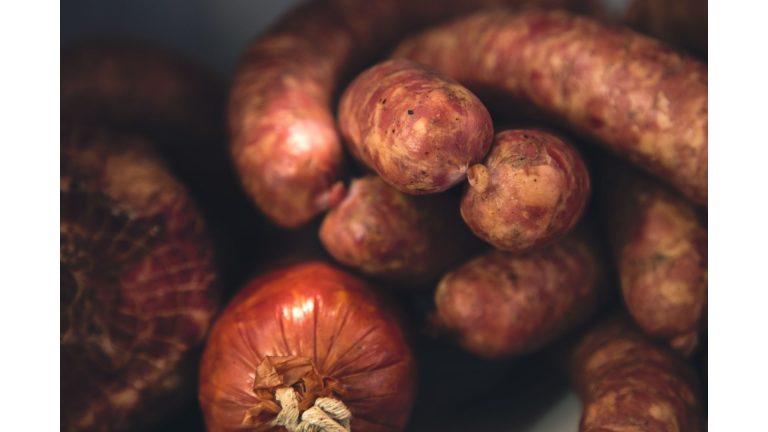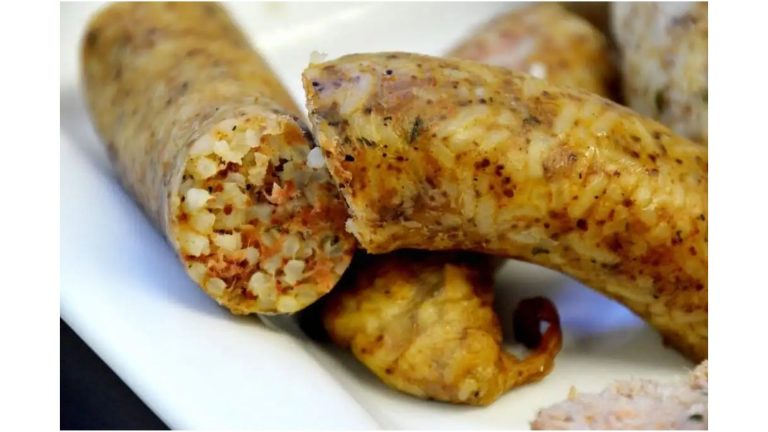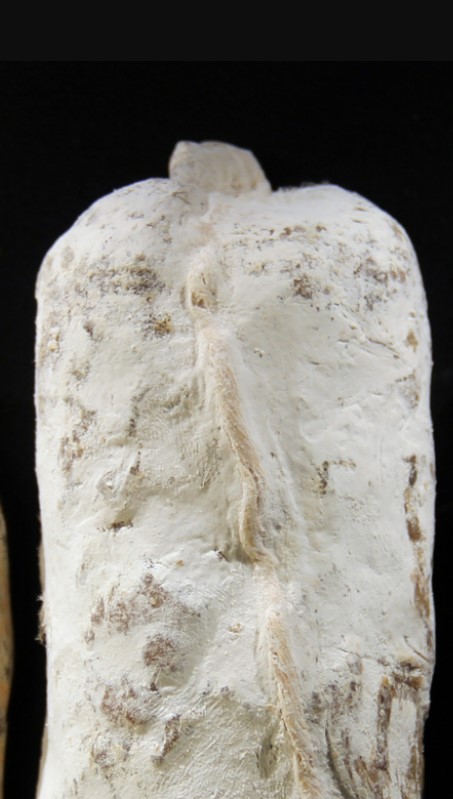Longaniza vs Chorizo. Differences and Similarities
Sausage recipes have been created by home cooks and butchers across the world for hundreds of years.
Sausages reflect local flavors and when traveling, you may be able to enjoy local culture by eating a locally made sausage.
Chorizo and longaniza are sausages that are often used in ethnic cooking and have a kick to them because of the flavors of herbs and spices.
Longaniza is a type of Spanish sausage made with beef and pork. It has a mild flavor and is usually cured with salt.
Longaniza is typically smoked or air-dried. Chorizo is a spicy sausage made with fresh pork and spices. It is normally smoked.
There are some significant differences between longaniza and chorizo, and they look similar when you see them at the store.
Let me tell you about the similarities and differences in detail.
Table of Contents
What Is Longaniza Sausage?
Longaniza is a pork sausage that is eaten with the sausage casing on, although other kinds of meats may be included in some places.
It may look like salami or pepperoni, but the flavor is much bolder and spicier than any of those.
The majority of cultures don’t cure longaniza, even though some places do.
The meat is usually cooked with the casings on the meat like a sausage link, and it is sold as fresh and raw.
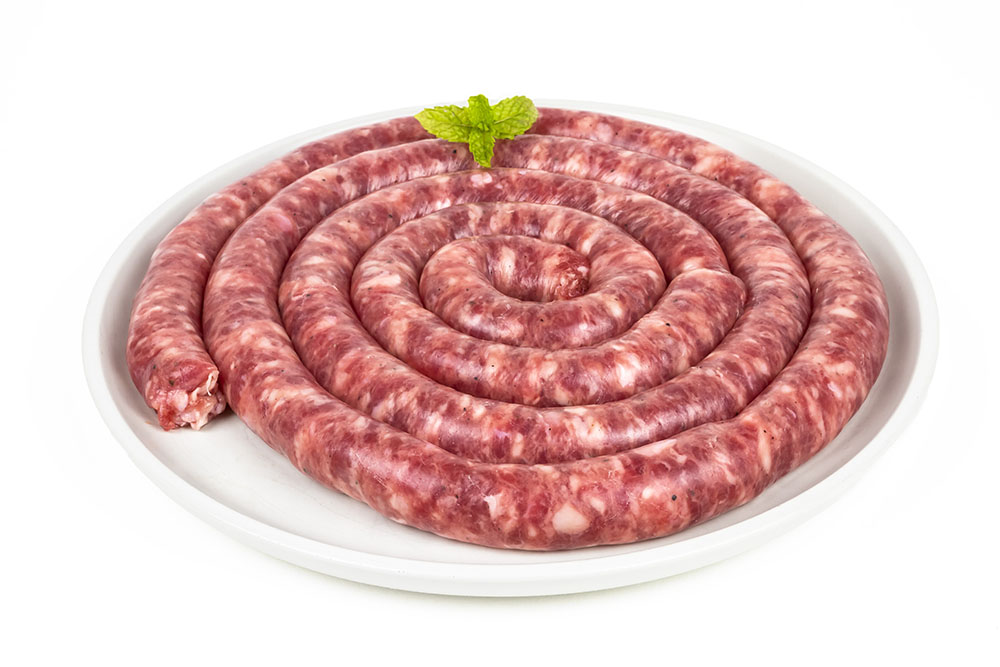
Different Types of Longaniza
Now that we know that longaniza is a long, thin sausage powerfully flavored with various herbs and spices, let’s take a look at the different ethnic varieties of longaniza.
The longaniza is made up of a mixture of herbs and spices, and it depends on where the longaniza comes from.
Longaniza originated in Spain and is now found in many places around the world.
Any place that was colonized by the Spanish hundreds of years ago has its version of this delicious pork meat-based sausage.
The Spanish longaniza has a strong flavor with black pepper and Nutmeg.
Longaniza from Argentina and Uruguay has a unique and aromatic flavor and smell, thanks to the ground anise seeds.
Longaniza is often cured but not cooked in these countries, and it is often used in sandwiches or an appetizer dish.
Longaniza is often served at barbecues in Chile and is a part of nationwide festivals that celebrate historical events in the country.
Mexican longaniza is frequently served with eggs on a tortilla as a breakfast dish.
In the Philippines, longaniza is frequently made and eaten. The Filipino longaniza comes in two different versions.
There are two versions of these delicious sausages, one has a garlic flavor and the other has a sweet flavor.
Depending on which ethnic group created it, the exact spices and flavorings in a longaniza are vastly different in the Philippines.
There are hundreds of different versions of longaniza in the Philippines. It’s possible to find longaniza in the United States.
Latin markets frequently carry longaniza due to the influx of immigrants from Central and South America and the renewed interest in ethnic styles of cooking.
You may have a good chance of finding this sausage in most major US cities.
Longaniza can be found in the refrigerated meat section of your local grocery store if you live in a more rural area with a significant immigrant population.
How Can I Eat Longaniza
If the sausage is cured, you don’t need to cook it, but if it is fresh, or raw, you should cook it. Before cooking the sausage, slice the longaniza into rounds.
Longaniza can be cooked on the grill, fried in a pan, or even baked in the oven. If you’re cooking longaniza, you can use an instant-read meat thermometer to test the meat.
You should cook it until it reaches a certain temperature. It is not unusual for longaniza to be cooked with rice or eggs.
What Is Chorizo Sausage?
Chorizo is a pork sausage that is finely ground and stuffed into casings.
In some cultures, the meat is removed from the sausage casings and cooked as ground meat, while in other cultures, it is finely ground and stuffed into the sausage.
Salt, paprika, chili pepper, and garlic are some of the seasonings found in the pork meat and other parts of the animal.
Pork fat is mixed into the ground meat to give it extra flavor and strength. Ground pork, paprika, salt, and garlic are some of the main ingredients.
The sausage has a bright red color because of the large quantities of paprika used.
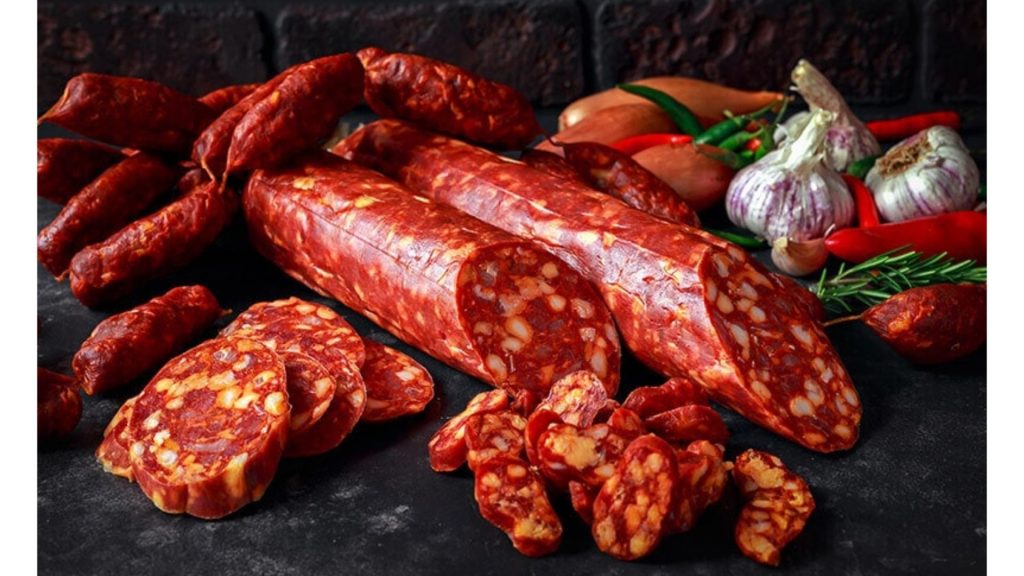
Different Types of Chorizo
In Mexico, chorizo is very popular, and it has Spanish origins as well. Mexican chorizo is a spicy sausage that can be bought raw.
Spanish chorizo is smoked and cured and can be eaten.
People who live in the Cajun areas of the United States are big fans of Cajun sausage, which is also called Cajun sausage in Louisiana.
There are two ways to buy this sausage in the US, either fully cooked and semi-cured or fully cooked and semi-cured.
In addition to the Philippines, Portugal, Puerto Rico, and Panama, chorizo is also frequently eaten.
Similar to longaniza, in any place where the culture was influenced by the Spanish, you will most likely find chorizo.
How to Eat Chorizo
Spanish chorizo can be cooked with eggs and eaten as a breakfast dish, or it can be enjoyed with cheese on a charcuterie board.
Mexican chorizo can be found in many types of food. It’s possible to find chorizo in meatballs and chili, which adds a lovely appearance and spicy flavor.
It can be found in soups and stew, as well as in stuffing for poultry.
This meat can be eaten in the shell or removed from the shell and used as a lump of ground meat, which makes it a lump of very versatile meat.
If you want to cook fresh chorizo, you probably won’t need to add extra oil to your pan because it has a high-fat content.
The ground pork will cook if the pork fat in the meat is melted.
If you want to prepare raw chorizo, the first thing you need to do is to remove the casing and unwrap the pork meat from it.
In the same way that you cook ground beef, you can cook the chorizo in the same way after you have removed the shell.
If you want to cook the chorizo, just chop it and cook it with a spatula. If you want to stir the pork into your recipe, you might want to drain the excess fat from the skillet.
Similarities and Differences Between Longaniza and Chorizo
Similarities
Sausages like chorizo and longaniza are very similar. They are both stuffed with pork and made from ground pork.
In some areas of the world, it is possible to make longaniza from ground poultry or beef. In the longaniza, some places use multiple kinds of meat.
Both longaniza and chorizo are red and feature garlic and paprika as their main ingredients.
Both types of sausages can be used in the same recipes. Both kinds are popular as a lump of breakfast meat to accompany eggs.
In Hispanic areas of the world, both are served with eggs on a tortilla as a sort of breakfast sandwich.
Depending on the area of the world in which they are made, they are different. Cooks adapt their recipes to reflect regional tastes and ingredients that are local.
Both chorizo and longaniza got their start in Spain, so it shouldn’t come as a surprise that they were adapted for different areas.
Differences
The way that chorizo and longaniza are being used is the biggest difference between them.
Chorizo can be removed from the shell and used as a lump of ground meat, while longaniza can also be sliced and served with the shell on.
One of the big differences between the two sausages is that longaniza is a lot spicier than chorizo.
There are two kinds of sausages, the longaniza, and the chorizo, both of which have their types of flavor.
The difference in fat between chorizo and longaniza is significant.
Final Words
Sausage is made all over the world, but in areas of the globe that have been influenced by Spanish culture, longaniza and chorizo sausage are favorites.
Both versions of these sausages can be eaten for many different kinds of meals and can be used to add a spicy zing to various dishes.
In the United States, chorizo has become an important part of Cajun cuisine.
It is certain that when you want to add a bit of spicy flavoring to eggs, a casserole, or a soup recipe, either sausage may be appropriate, even though longaniza and chorizo have their own distinct merits.

Foodie and a passionate cook, I am here to share all of what I know about cooking, kitchen, and food prepping.
Follow me for delicious and healthy recipes.

